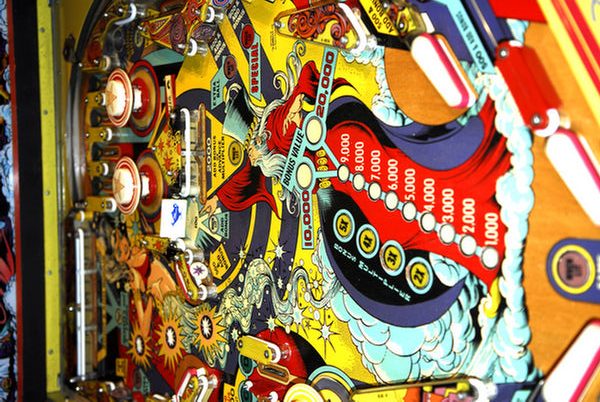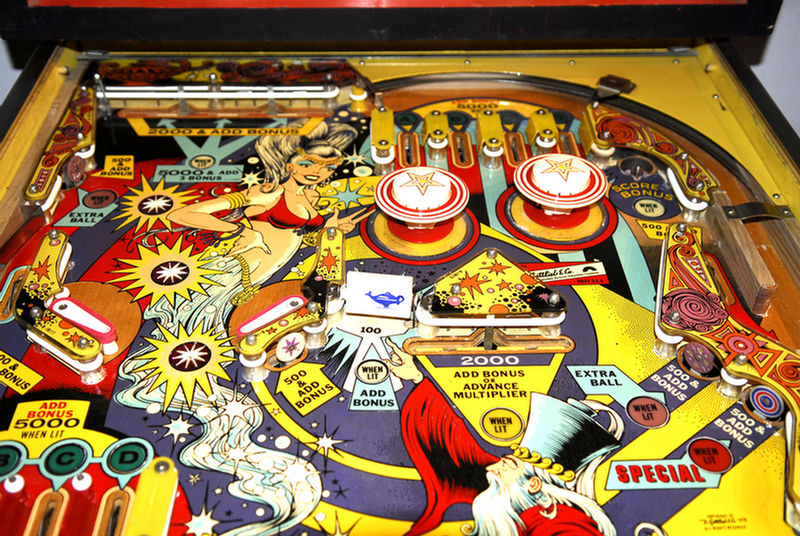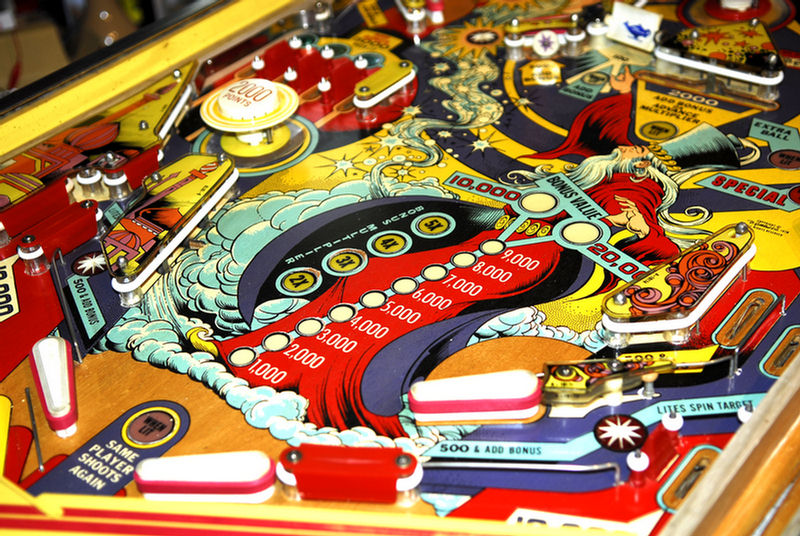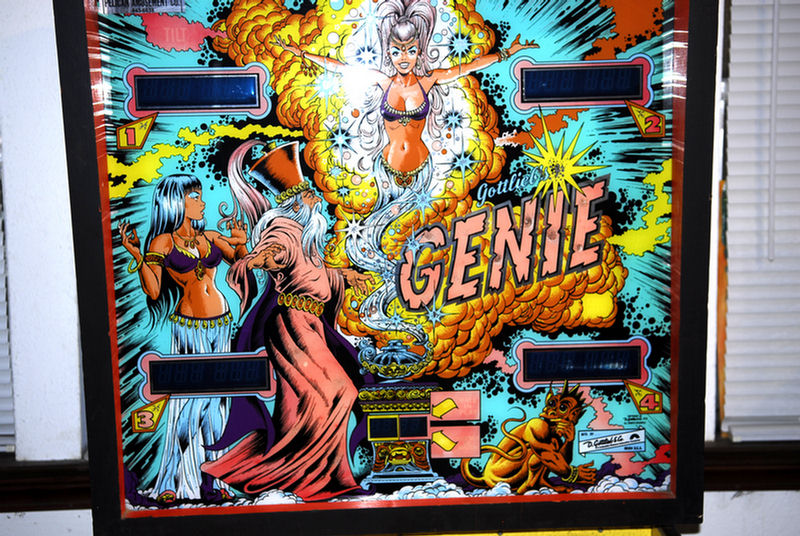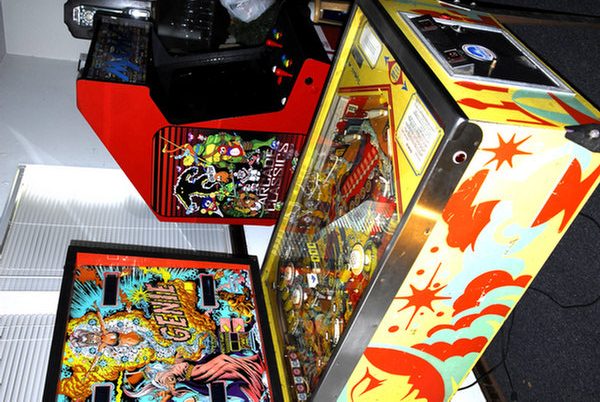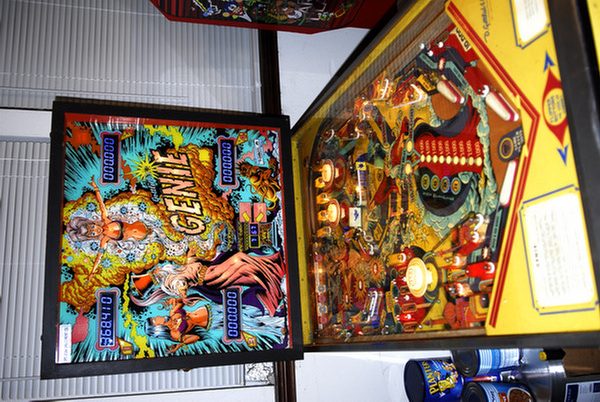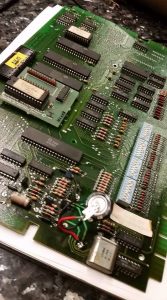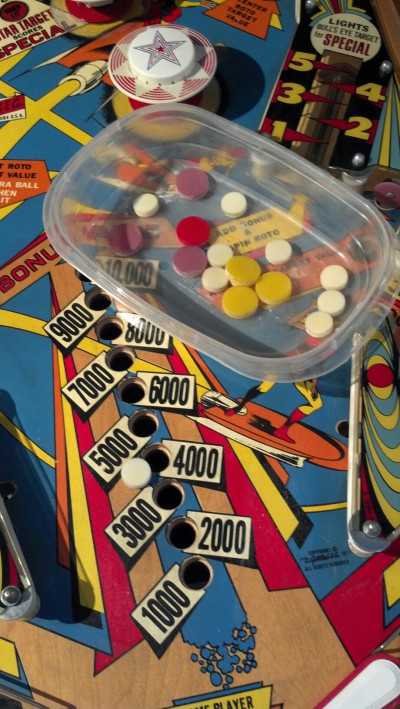One of the things us pinball enthusiasts love to do is tell stories about how we acquired games. Each game has its own unique provenance and history, and there’s almost always an interesting story behind them. This is the first episode in an ongoing series were we talk about the stories behind the games and how they came to be. I start the series off with the very first pinball machine I purchased, a Gottlieb “Genie” – before I knew anything about how to repair and restore games. It was the game that got me on this path. I hope you enjoy the story – be sure to subscribe on Youtube! Thanks for watching!
Here are some pictures from early on when I got the game and began to restore it.
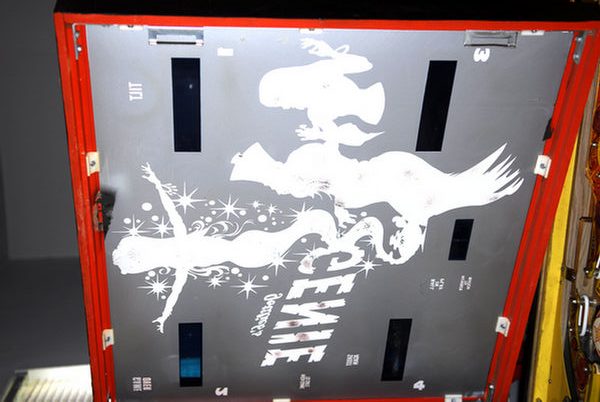
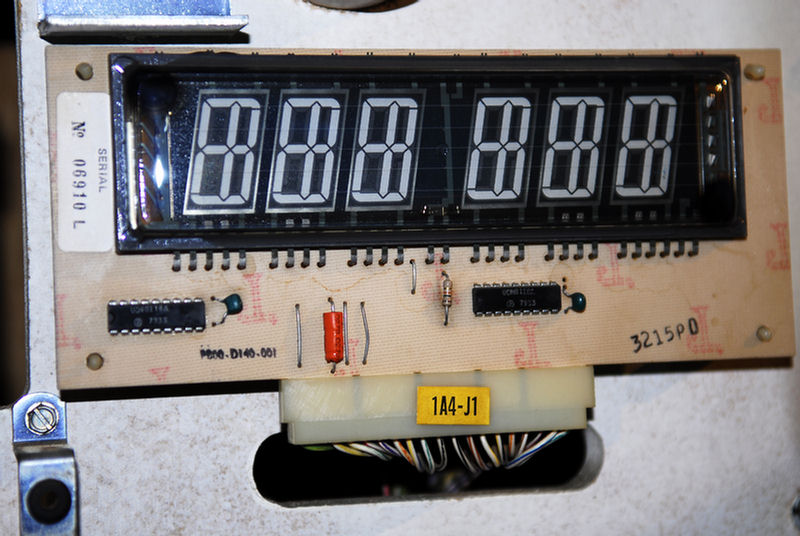
original gas plasma displays 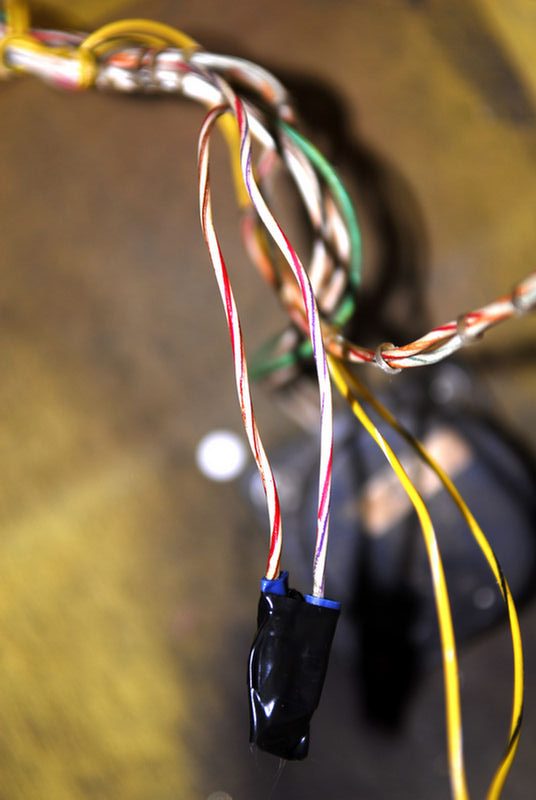
weird original wiring 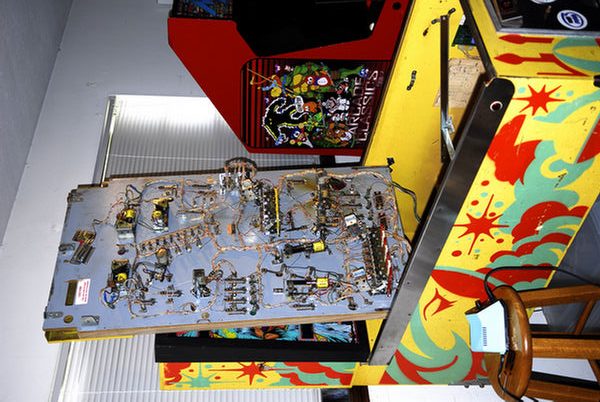
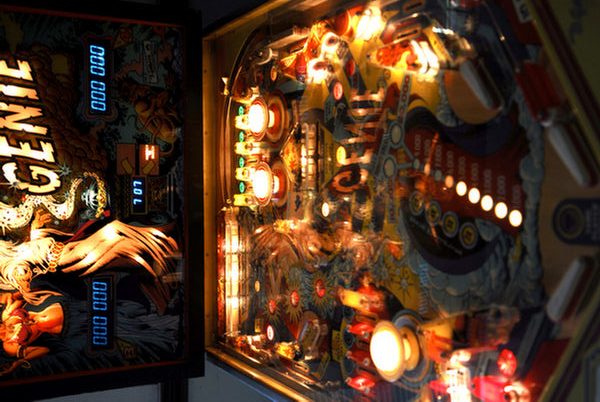
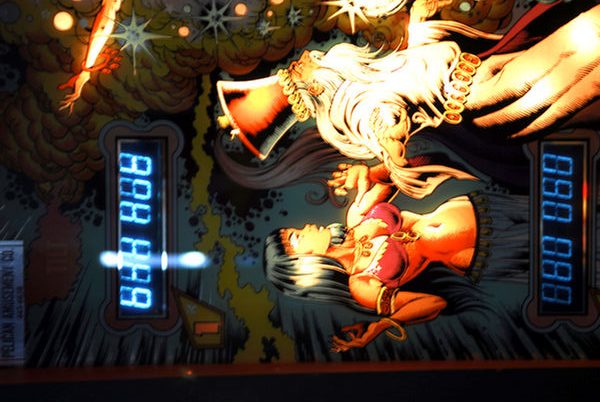
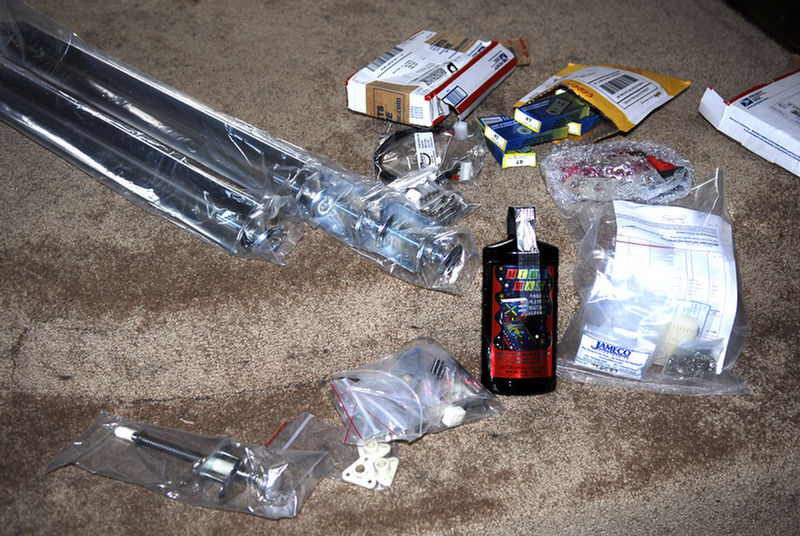
lots of new parts 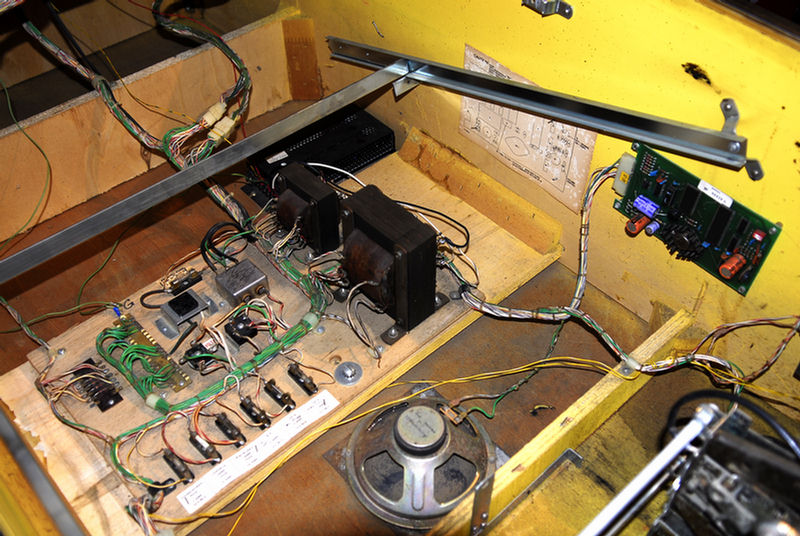

re-pinning the connectors 
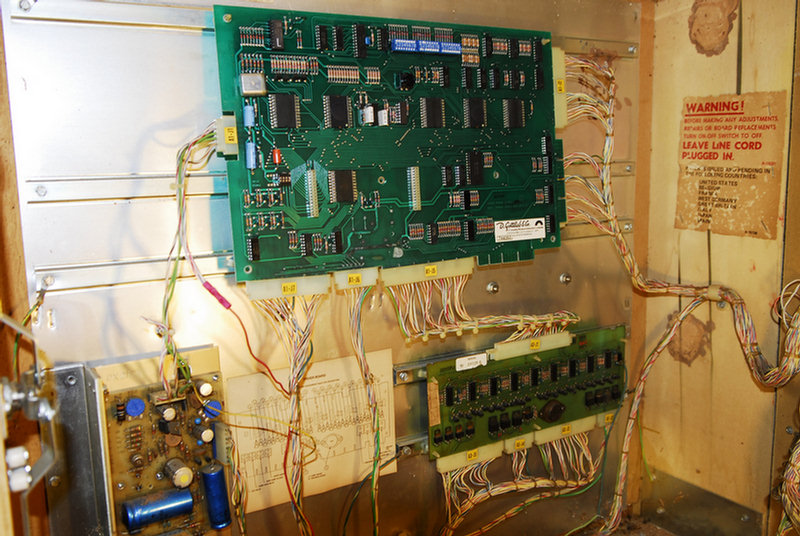
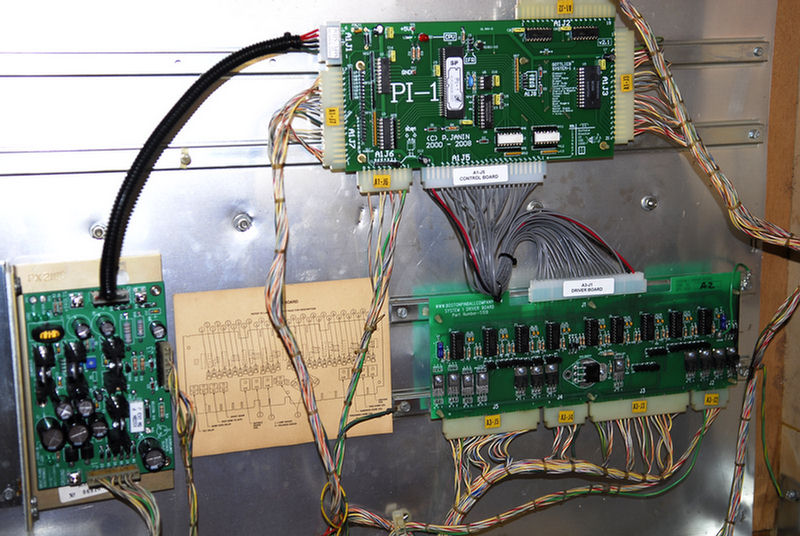
replacing most of the system boards 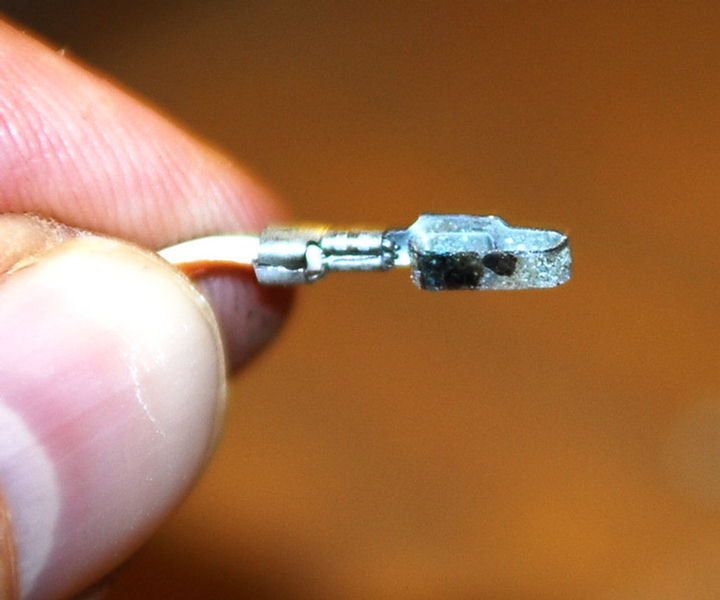
old damaged edge connector pins 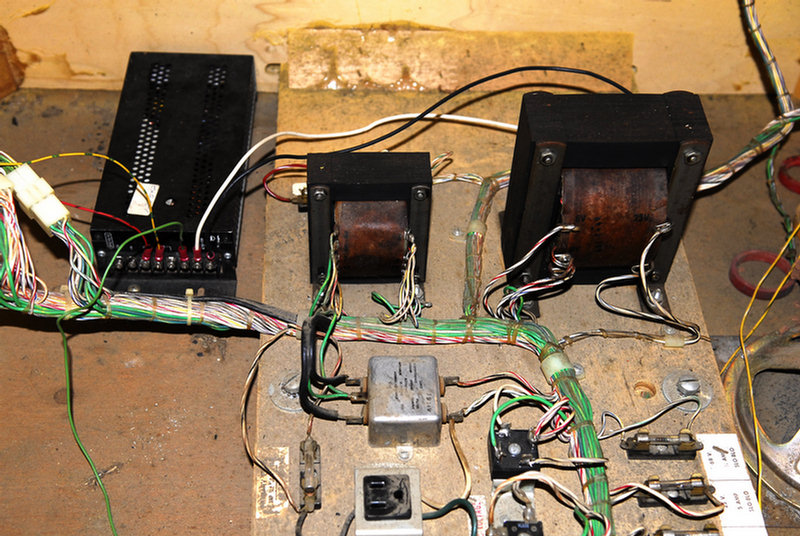
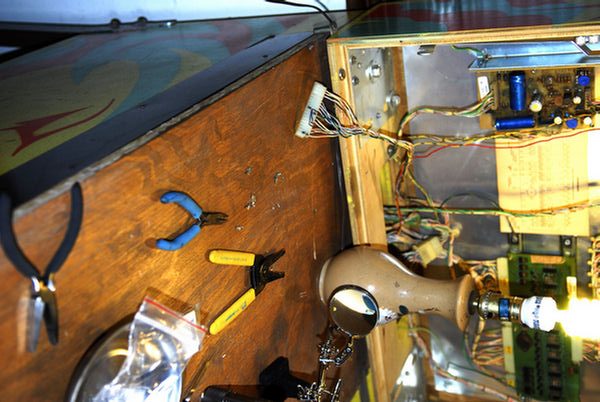
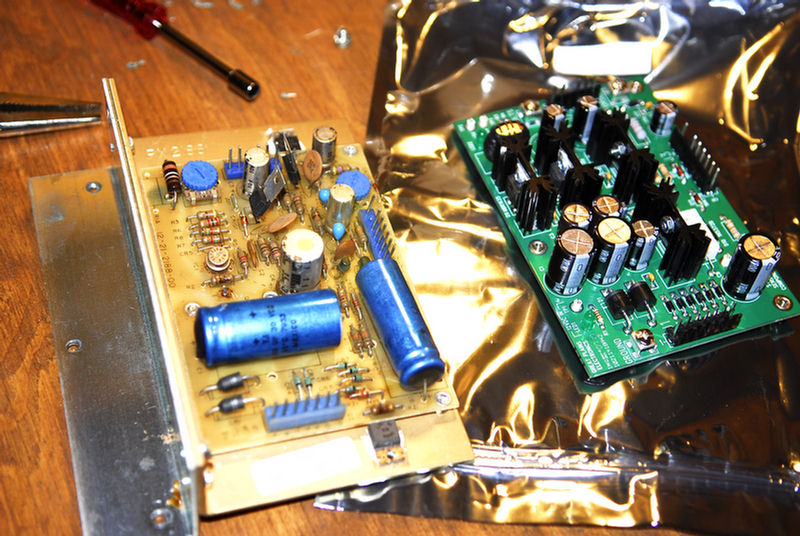
old and new boards 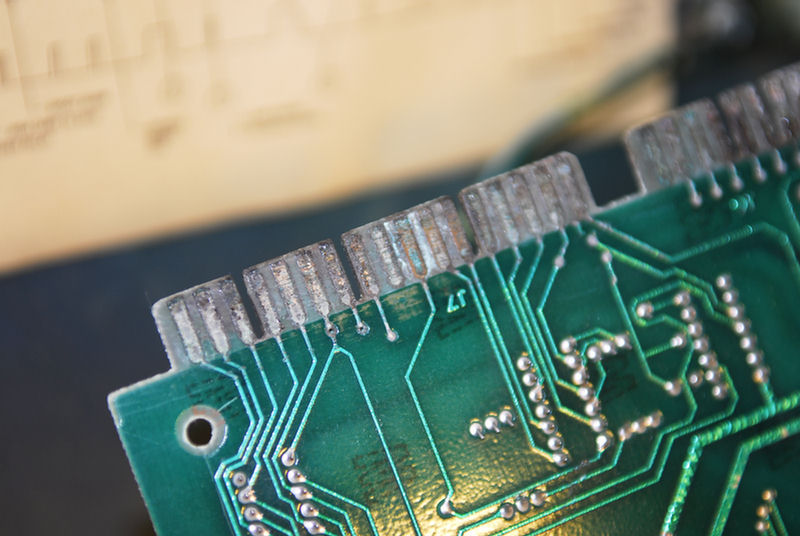
damaged edge connectors that had to be repaired 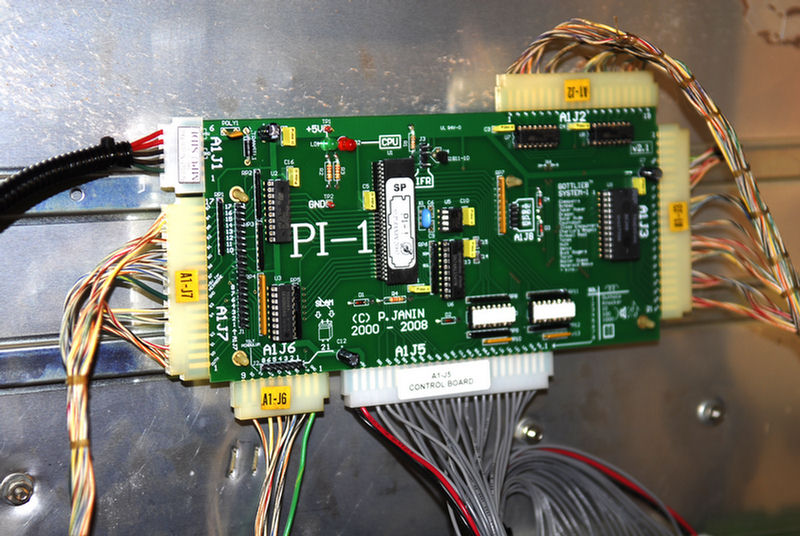
Pascal Janin replacement MPU 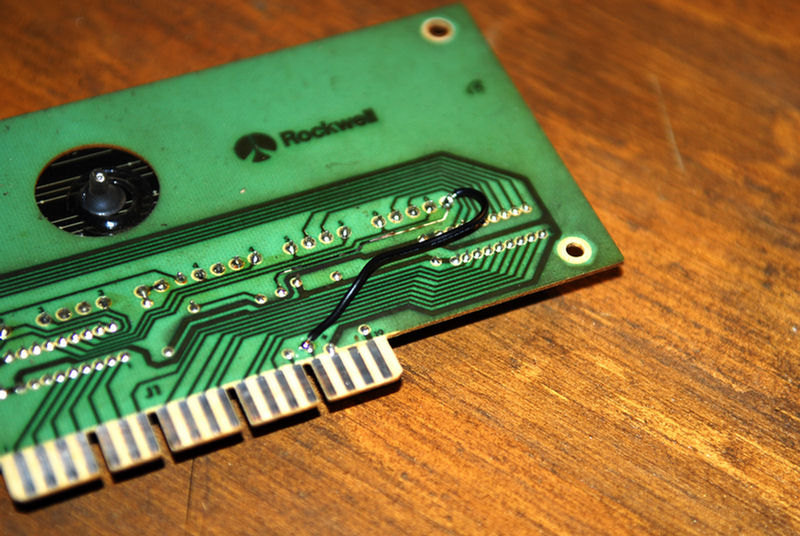
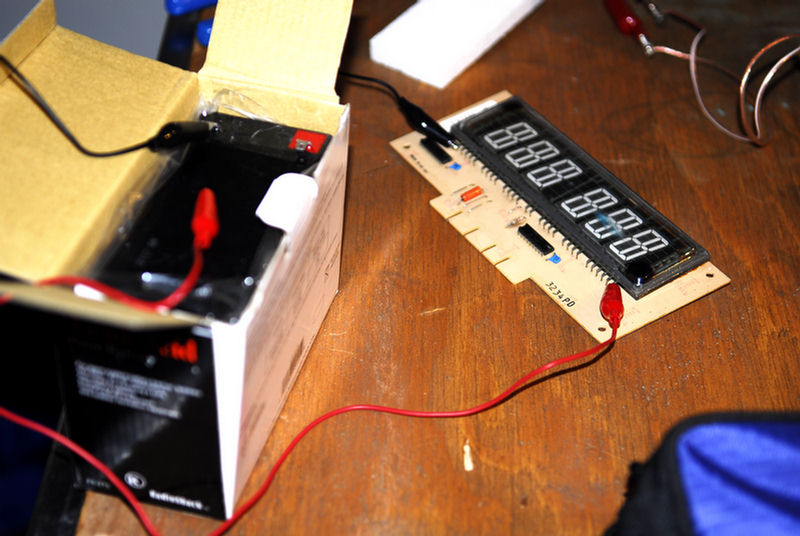
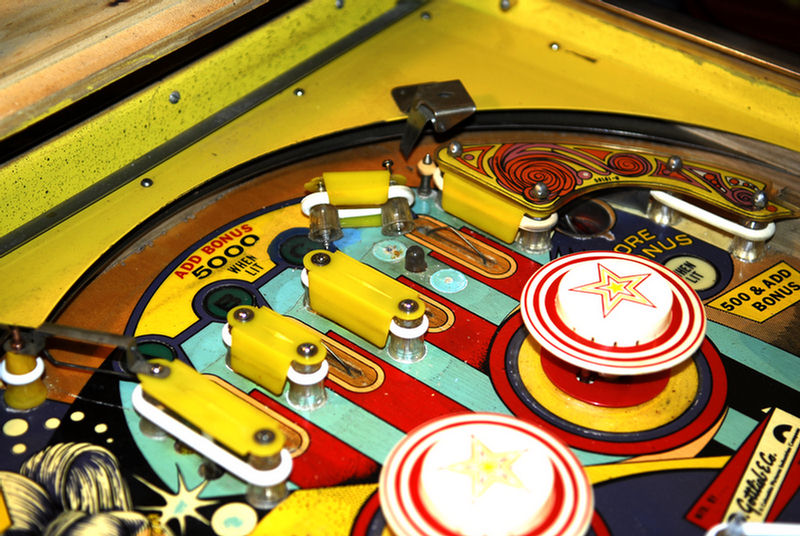
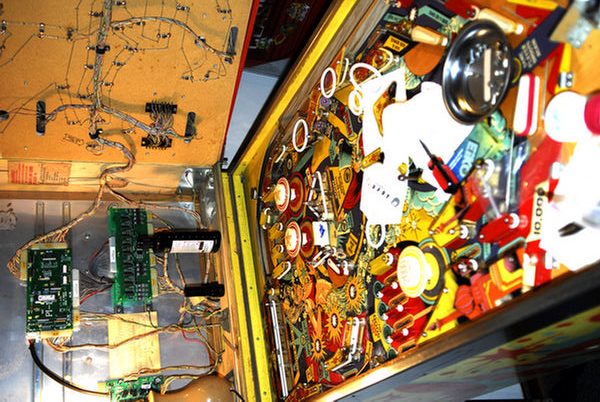
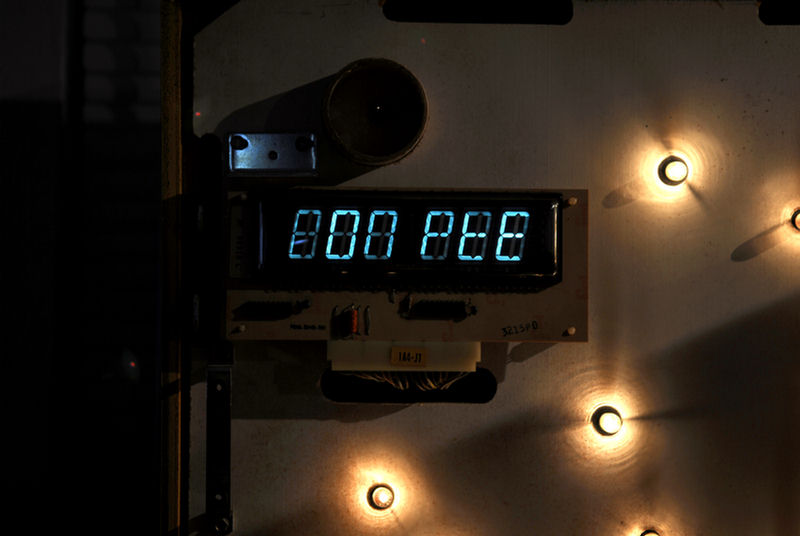
display problems 